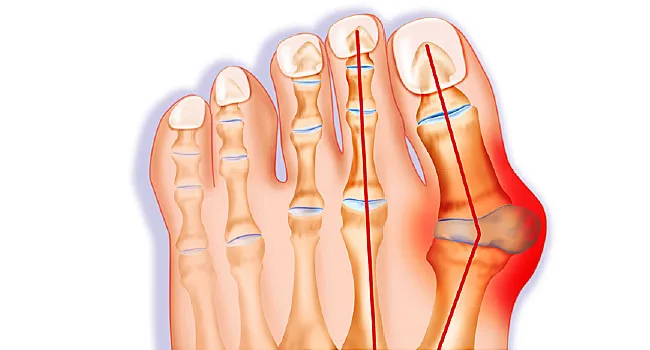
Although wearing shoes keeps the feet from trauma accidents and injuries, it might lead to bunions, a deformity at the base of the toes. The bunions may occur if the big toe bends towards the other toes leading to chronic pain. Small bunions Bakersfield might not seem like a major problem, but the deformity may worsen over time. Diabetes complicates the healing process as the feet often lose the feeling of touch due to nerve problems. Thus you should find the right diagnosis and opt for these remedies and treatments, especially if you have diabetes
Wear Well-Fitting Shoes
The shoes might contribute to the growth of bunions. Thus you should check if your shoes fit well. Your shoes should have plenty of space for the toes to avoid compressing the big. The compression of the big toes might result in deformity. As the toe struggles to fit into the shoe, the compression leads to the joint dislocation between the toe and the foot. Moreover, you may see a podiatrist recommending the shoe type suitable for individuals with diabetes.
Use Shoe Padding Whenever Possible
Your feet and toes risk trauma accidents as they support the whole body and facilitate movement. Normal shoes may prevent injuries, but you use padding whenever possible to prevent trauma. You can opt for padding on the whole sole or bunion pads, which guard the bunions against abrasion with the shoes. The pads ease pain, reduce further injuries and improve healing.
Use Shoe Inserts
Shoe inserts create a buffer between the feet and the sole alleviating chronic pain. Moreover, they distribute pressure evenly in the foot reducing the symptoms associated with bunion deformities. You can opt for orthotics if the bunion deformities are worse since the orthodontics are custom-made to meet your needs and protect the feet. However, over-the-counter supports provide adequate relief and prevent chronic pain.
Use Ice
Ice numbs the bunion deformity reducing pain, especially if you have been on your feet for an extended time. Walking or engaging in high-intensity activities might lead to bunion soreness and swelling, causing acute or chronic pain. You will check with a doctor if you have poor blood circulation on the feet before applying ice, as numbing the region might lead to circulatory issues.
Use Medications or Surgery
Medications and surgery might be the last resort when dealing with bunion pain, but they relieve the pain of the deformity. You can opt for medications such as ibuprofen, naproxen, and acetaminophen to deal with bunion pain. On the other hand, surgery will restore the feet’ structure and alleviate the deformity of the toe. It removes the swollen tissues on the toe, brightens the toe, realigns the bones, and corrects the deformity.
Bunions cause chronic pain, making walking a task, but you can learn ways to deal with the pain and correct the deformity. You should wear comfortable shoes with enough room for the big toe as it reduces the severity of the deformity. Then opt for shoe inserts and padding on the bunion as it acts as a buffer between the feet and shoe, thus reducing pain. You might apply ice on the bunion to reduce swelling and inflammation if you have been walking or standing for a long time. Finally, opt for medications and surgery to correct the bunion deformities.


